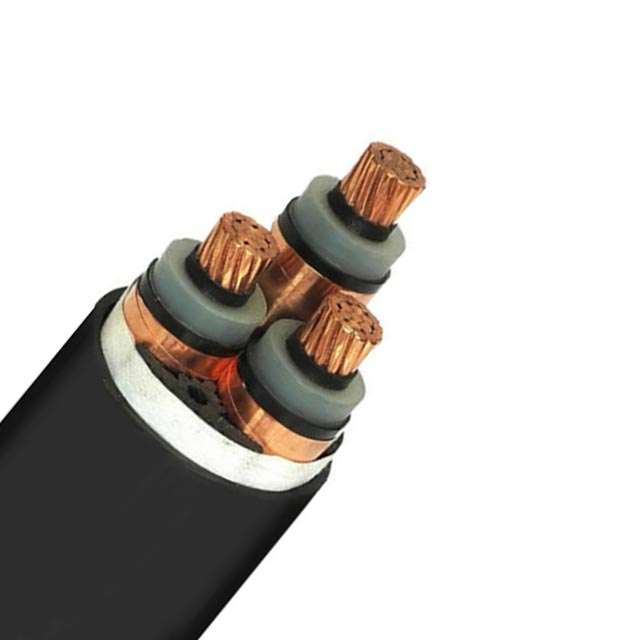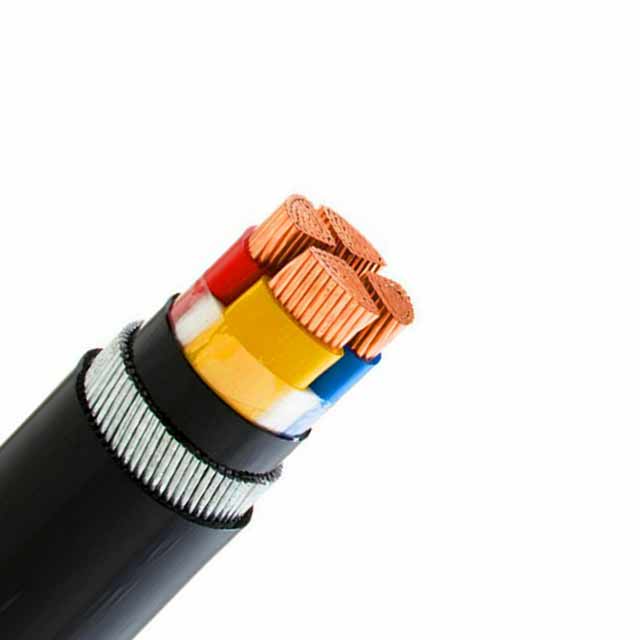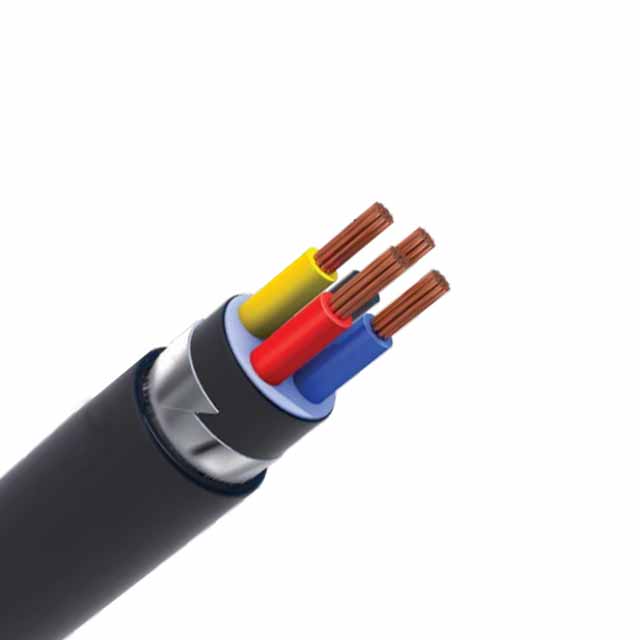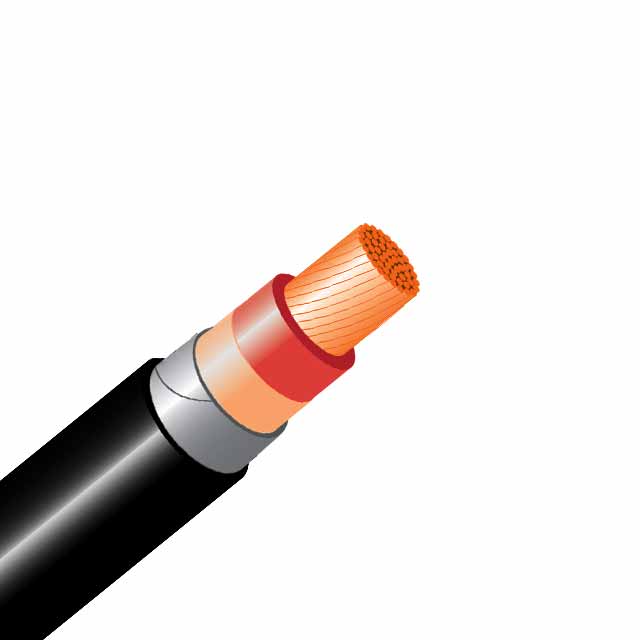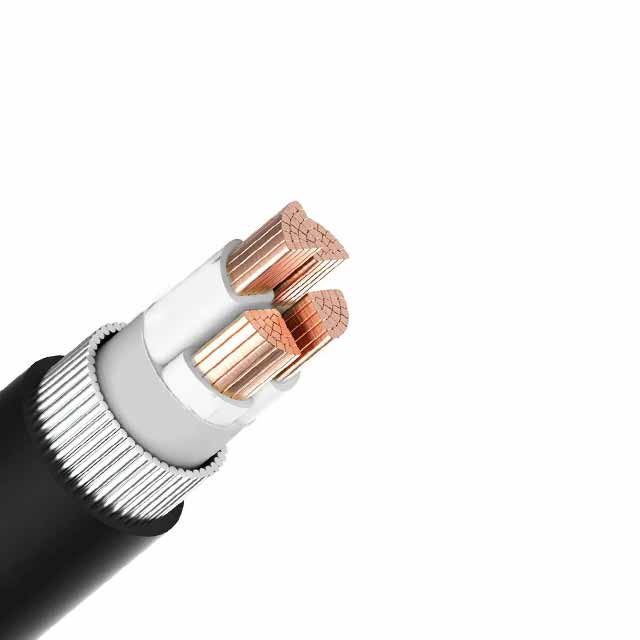What is Control Cable? is an electrical cable suitable for installation in cable trays, raceways, and outdoor locations. Its main purpose is to convey electrical signals to associated devices. Its components include main feeders, distribution circuits, branch circuits, and control cables. It is used in commercial and industrial applications. Read on to find out more! We will also look at the uses of CY and SY cables. Hopefully you will have an easier time understanding them now!
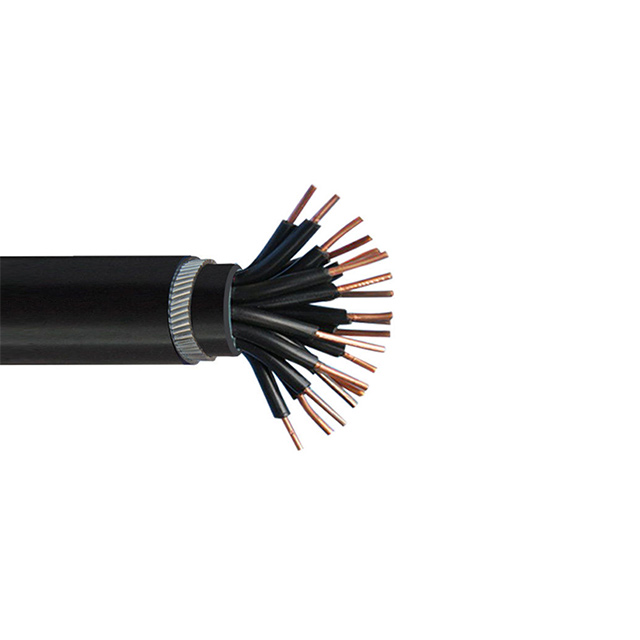
CY cables
There are CY and SY cables. These cables are primarily used for signal and data transmission in computer and machine tool applications. The overall screening of these cables ensures that they are resistant to external mechanical forces and are suitable for laying indoors and within electrical cabinets. CY cables are ideal for signal transmission, measuring and control systems, and other industrial applications. These cables can be purchased in various quantities and are packaged as per their length and type.
CY Cables are multi-core flex cables with tinned copper wire braid and PETP separators for protection against electromagnetic influences. This cable is also called instrumentation cable, since it is often used to connect control and measurement cables, as well as in industrial applications. This cable is often used in environments that require high-quality, interference-free transmission. Its polyethylene terephthalate (PET) separator helps shield the cable against light mechanical stress and protects it from harmful electromagnetic influences.
CY and SY cables are industrial automation control cables. They are used in situations where direct connections to the controlled object are not possible. Often, control cables occupy a middle position between power cables and communications cables. SY control cables are also known as instrumentation control cable or flexible braided flex. The ‘Y’ in each group refers to the cable sheath. For example, SY control cables are most useful in situations that require light mechanical stress, such as the installation of a computer.
The British Standard for PVC flexible cables is BS EN 50525-2-11, but it excludes braid. This means that any braided cable cannot conform to BS EN 50525-2-11. As a result, the insulation and sheath thickness of cables designated CY, SY, and SY can be lower than BS EN 50525-2-11. However, manufacturers often claim that their cables meet continental standards, but in reality, they aren’t.
CY-CBL-BRADLEY-01 is a control and power cable for a Bradley Micro L PAN/TILT camera. It is also available for Dreamchip and Marshall cameras. It is constructed from Tajimi Male Plug 8pins PRC05-PB8M connectors. CY-CBL-6P-FAN cables are also available for cameras with Dreamchip DCT-Powercable 350-00011v.
SY control and instrumentation cables are specifically designed for process automation. They feature copper conductors and galvanized steel wire braid, making them flexible and resistant to mechanical stress and electromagnetic influences. This cable also protects against electrical interference and is suitable for both industrial and domestic settings. You can also buy armoured extension leads using the SY cable specification. The SY control cable is a flexible instrumentation electrical cable used for process automation. Its galvanized steel wire braid protects the inner core from damage and provides high mechanical and electrical insulation.
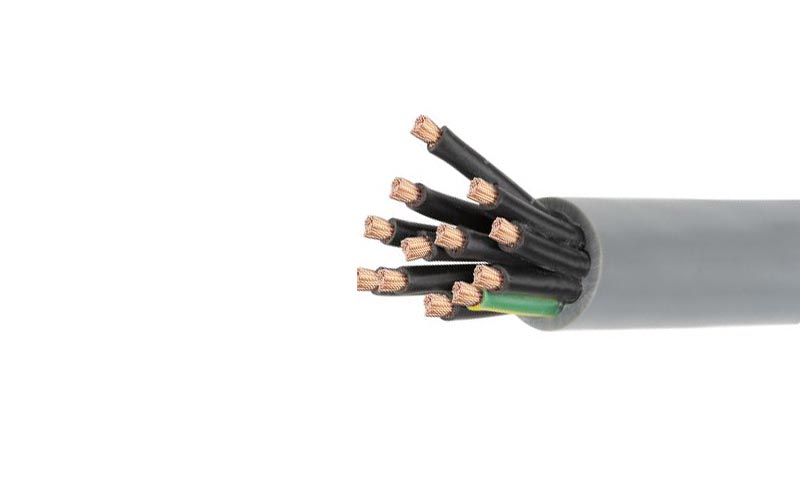
SY cables
SY cables for control are number coded cables that combine the advantages of flexible mains cable with the features of steel wire armoured types. They are used in applications that need to withstand mechanical stresses and free movement. They are also known as Instrumentation Cable, Flexible Control Cable, Braided Control Cable, and Control Flex. This article will provide an overview of these cables and discuss the differences between them. Regardless of their use, you’ll be able to find a suitable cable for your specific application.
SY cables come with 300/500V voltage ratings and plain electrolytic fine copper wire strands. They also feature PVC-based conductor insulation and have a grey or white inner sheath. These cables are available in 2 and three core designs with black numbered cores and white sequential numbering. They are often used on equipment intended for export to North America. For more information, contact a SY cable manufacturer.
SY control cables are designed to meet specific automation requirements in industrial settings. Their flexible multicore construction is ideal for fixed installations, and their copper conductors provide reliable mechanical protection. They are also highly flexible and come in a variety of lengths and types. They can be used in a range of environments, including damp and wet environments. There are also Low Smoke Zero Halogen versions available. If you need high-quality, dependable cables for your industrial applications, SY cables are the way to go.
SY cables are commonly used for interconnecting mobile equipment with fixed equipment. They are commonly used in conveyor systems, production lines, and machine tool manufacturing. They come with a polyethylene sheath for added mechanical protection and can be used outdoors. Despite the low price tag, SY cables aren’t ideal for fixed wiring applications in the UK. They’re also unsuitable for areas exposed to ultraviolet light, as it damages the outer sheath, allowing water to penetrate the cable.
Currently, CY cables are the most popular and widely used types of cables for control. SY cables are also a popular alternative because they fulfill a practical need. Soon, the BASEC will launch a new scheme that will provide information on the design, performance, and safety of CY cables. This scheme will help manufacturers, users, and manufacturers identify the best choice for their applications. Until then, don’t be afraid to shop around for the right cable for your specific applications.
There are three main types of Control Cables. SY Cables and CY Cables are similar in their purpose, but YY Cables lack the steel wire mechanical protection of the former. CY cables are made of tinned copper wire braid and are more resistant to electromagnetic influences. These cables are also suitable for installations where there are medium to high mechanical stress. For those in need of more flexibility, SY cables are also a viable choice.
In addition to PVC cables, CY, SY, and CY cables are available in low smoke emission versions. These are ideal for environments where safety is of utmost importance, or where they limit the risk to equipment or life. However, they should not be used for fixed installations and must comply with IET Wiring Regulations BS 7671. So, when choosing the right cables for your application, consider safety as the first priority.
Aside from control cable applications, SY Cables are also suitable for the machine tool industry. Whether they are used as interconnecting cables for mechanical or electrical equipment or for control and measurement, these cables have many uses. These cables are resistant to certain chemicals and oils, and can be installed outdoors with UV protection. They must be installed in an appropriate temperature range for maximum protection. This article has provided some important information about SY cables for control.

